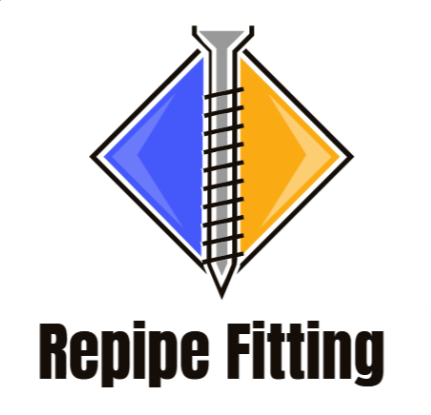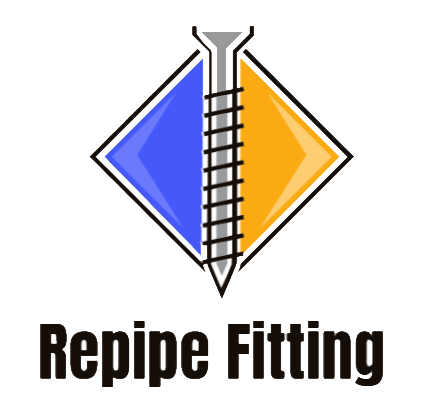Introduction
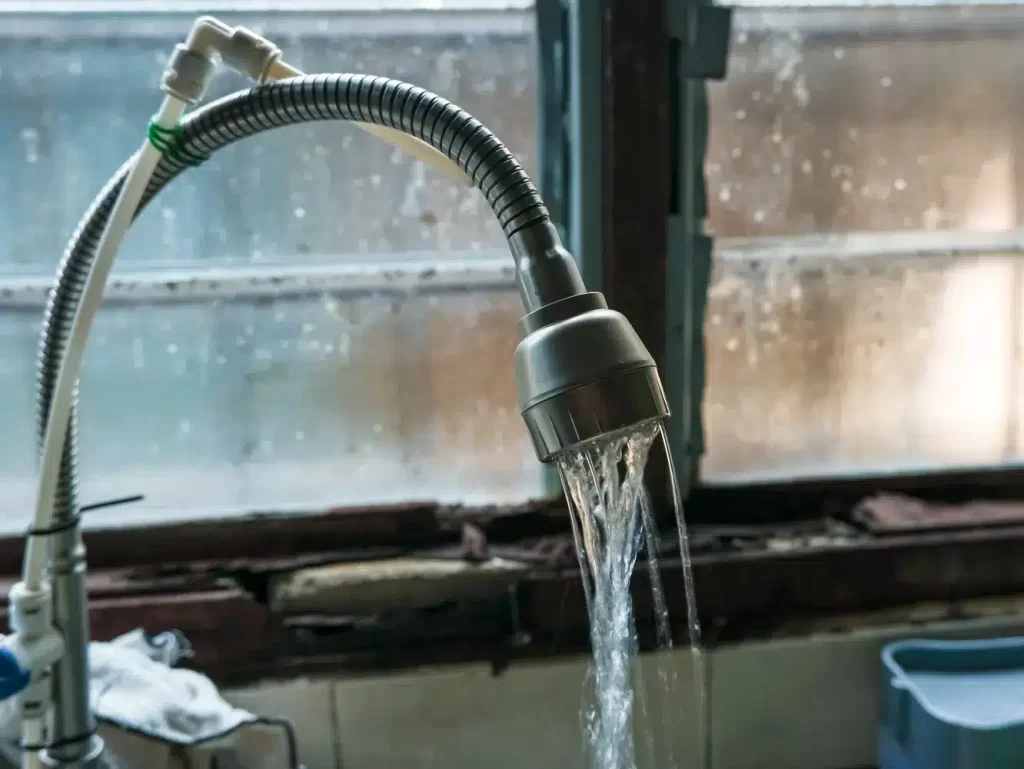
Welcome to this comprehensive guide on addressing the common issue of low water pressure in kitchen sinks.
Brief Overview of the Common Issue of Low Water Pressure in Kitchen Sinks
Low water pressure in kitchen sinks is a prevalent problem that many homeowners encounter. It can be due to a variety of reasons such as a clogged aerator, blocked or broken cartridge, or impaired water lines. This issue can significantly hinder daily kitchen activities, making it crucial to address promptly to avoid any inconvenience.
Importance of Addressing This Issue Promptly
Neglecting low water pressure can lead to more severe water pressure problems, potentially causing water line damage and high water bills. Addressing this issue immediately can prevent unnecessary water wastage and ensure smooth water flow control, maintaining a pleasant kitchen environment.
Understanding Low Water Pressure in Kitchen Sink
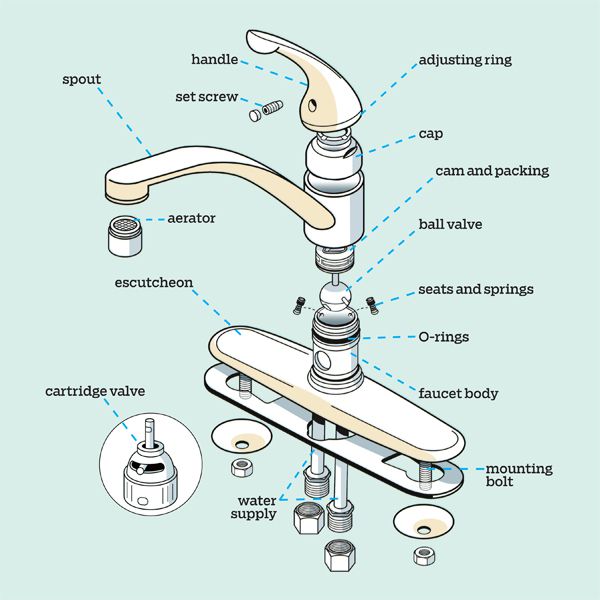
To tackle the issue effectively, it’s essential to understand what low water pressure means and how it impacts your daily routine and kitchen activities.
Definition of Low Water Pressure
Low water pressure refers to the inadequate flow rate of water through the faucet spout, often measured in psi (pounds per square inch). A normal water pressure usually ranges between 30 to 80 psi. When the water pressure drops below this range, it can affect the water outlet and the efficiency of household appliances.
How it Affects the Daily Routine and Kitchen Activities
Low water pressure can make simple tasks like washing dishes or filling a pot take longer, disrupting the normal flow of kitchen activities. It can also lead to water conservation issues and impact the efficiency of water-demanding appliances.
Common Causes of Low Water Pressure in Kitchen Sink
Understanding the root causes of low water pressure in kitchen sinks is crucial for effective resolution. Let’s delve deeper into each cause and understand how to address them.
Clogged Aerator
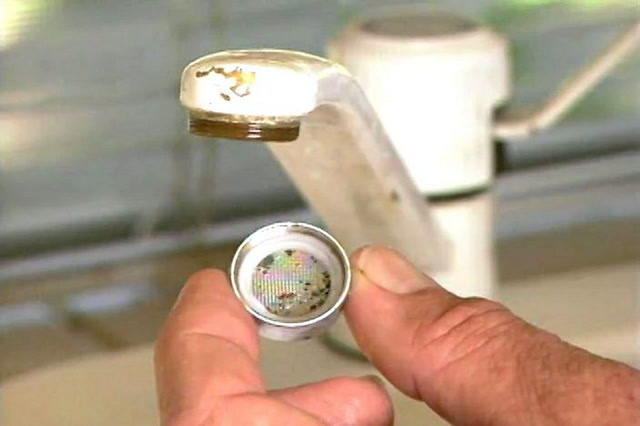
The aerator is a crucial component located at the end of the faucet spout, responsible for regulating water flow control and preventing splashing by mixing water with air.
Explanation of What an Aerator Is and Its Role
A clogged aerator, often due to sediment and minerals or hard water, can significantly reduce the flow rate of water, leading to water pressure problems. Regular aerator cleaning is essential to maintain optimal water outlet and water conservation.
How to Clean a Clogged Aerator with Vinegar and a Brush
- Unscrew the aerator from the faucet spout.
- Soak it in a vinegar solution for about 30 minutes to dissolve mineral deposits.
- Use a brush to remove any remaining sediment.
- Rinse and screw it back onto the faucet.
Faulty Pressure Reducing Valve
The pressure-reducing valve plays a pivotal role in maintaining normal water pressure within the water supply lines.
Role of the Pressure-Reducing Valve in Water Pressure
A malfunctioning pressure reducing valve can cause water pressure restriction, disrupting the water flow and affecting household appliances. It’s crucial to have it checked and adjusted by a plumbing repair pro to avoid water wastage and ensure water flow control.
Importance of Having it Checked and Adjusted by a Professional Plumber
Having a professional plumber inspect and adjust the valve is essential to prevent water line damage and ensure consistent water pressure adjustment throughout the household.
Clogged Cartridge

The cartridge is integral for controlling water flow through the faucet handle.
Explanation of the Cartridge’s Role in Water Flow
A blocked or broken cartridge can impede water flow, leading to low water pressure. Regular cleaning or replacement is necessary to maintain optimal water flow restriction and prevent water pressure drop.
Steps to Clean a Clogged Cartridge
- Turn off the water supply using the water shut-off valve.
- Remove the faucet handle and retaining nut to access the cartridge.
- Clean any sediment buildup or replace the cartridge if damaged.
- Reassemble the faucet and turn on the water supply.
Leaky Pipe
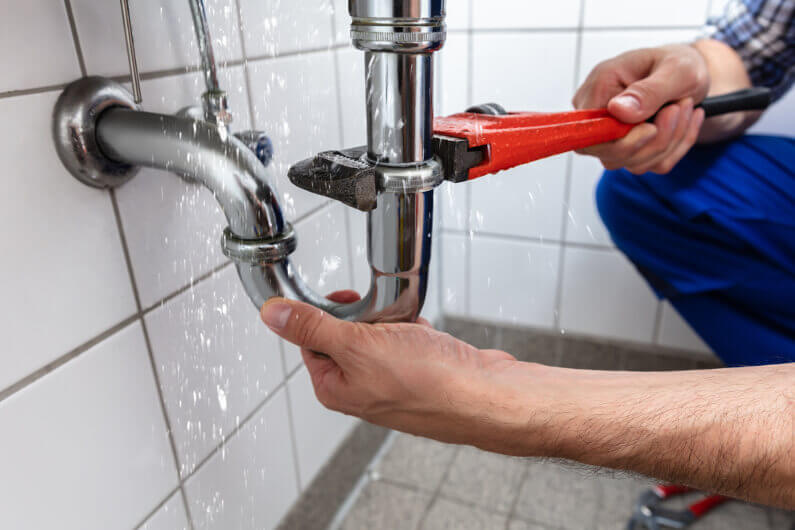
Leaks in pipes can significantly disrupt water flow and lead to water damage due to leaks.
How Leaks in Pipes Can Disrupt Water Flow
Pipe leaks, often due to pipe damage or joint malfunction, can lead to water wastage and high water bills. It’s crucial to address leaks promptly to avoid further damage to water line connections and household appliances.
Importance of Addressing Leaks Promptly to Avoid Water Damage
Addressing leaks immediately is crucial to prevent extensive water line damage and ensure water conservation. Regular technical inspections can help detect leaks early and avoid potential water supply lines damage.
Corroded Water Lines
Corrosion in old pipes can significantly reduce water pressure.
How Corrosion in Old Pipes Can Lead to Low Water Pressure
Corroded water lines can impede water flow, causing water pressure problems and affecting the water main size and water demand. Replacing corroded water lines is essential to maintain water flow control and prevent water pressure restriction.
The Necessity of Replacing Corroded Water Lines
Replacement of corroded lines is crucial to avoid water line damage and ensure a steady water supply to household appliances. Consult a professional plumber for replacement and regular maintenance to prevent future corrosion.
Water Heater Issues
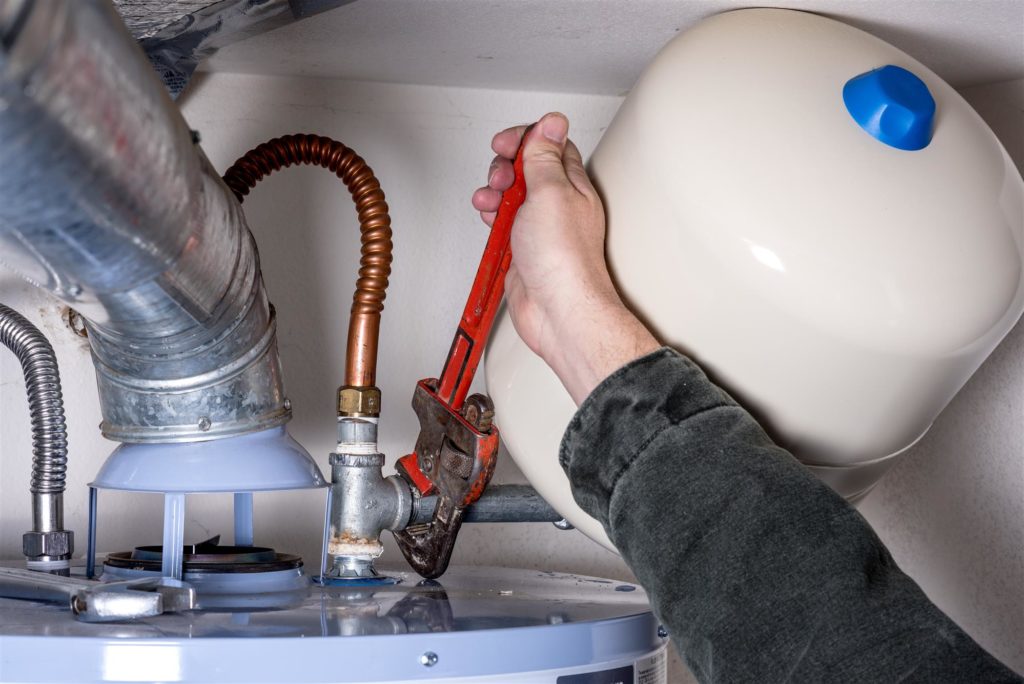
Issues with the water heater can significantly affect water pressure in the kitchen sink.
How Issues with the Water Heater Can Affect Water Pressure
Malfunctioning water heaters can lead to a drop in water pressure, affecting the water supply to the kitchen sink and other appliances. Regular maintenance is essential to prevent water heater issues and ensure water flow control.
Importance of Regular Maintenance of Water Heaters
Maintaining the water heater is crucial to avoid water pressure problems and ensure a consistent water supply. Consult a professional for regular checks and maintenance to prevent water pressure drop and high water bills.
Professional Solutions
When dealing with persistent or complicated issues related to low water pressure in kitchen sinks, seeking professional solutions is often the most effective approach.
Importance of Consulting with Professional Plumbers for Accurate Diagnosis and Resolution
Consulting with a plumbing repair pro is crucial for an accurate diagnosis and resolution of water pressure problems. Professionals can identify the exact cause, whether it’s a blocked or broken cartridge, impaired water lines, or a malfunctioning pressure-reducing valve, and provide the most effective solutions to restore normal water pressure.
How Professional Plumbers Can Help in Addressing Various Causes of Low Water Pressure
Professional plumbers have the expertise to address various causes of low water pressure efficiently. They can perform technical inspections, repair pipe leaks, replace corroded water lines, and adjust pressure relief valves to ensure optimal water flow control and prevent water wastage.
Preventive Measures and Regular Maintenance
Regular maintenance and preventive measures are key to avoiding low water pressure in kitchen sinks and ensuring the longevity of your plumbing system.
Importance of Regular Maintenance of Water Heaters and Pipes
Maintaining water heaters and pipes is essential to avoid sediment buildup, corrosion, and water line damage. Regular checks and timely repairs can prevent water pressure drop and ensure a steady water supply to household appliances.
Tips on Preventing Clogging and Corrosion in Water Lines
- Regular Cleaning: Clean the faucet aerator and cartridge regularly to prevent clogging due to sediment and minerals or hard water.
- Pipe Inspection: Regularly inspect water supply lines for signs of corrosion, pipe damage, or joint malfunction and address any issues promptly.
- Water Softeners: Use water softeners to prevent the buildup of minerals in water lines.
- Pressure Adjustment: Regularly check and adjust the water pressure using the water pressure measurement valve to avoid water pressure restriction.
- Professional Consultation: Consult a plumbing repair pro for regular technical inspections and maintenance to prevent water line damage and ensure water conservation.
Conclusion
In wrapping up this comprehensive guide, it’s crucial to revisit the significant points discussed and emphasize the importance of maintaining your plumbing system properly to avoid low water pressure in kitchen sinks.
Recapitulation of the Common Causes of Low Water Pressure in Kitchen Sinks and Their Solutions
We’ve explored various causes of low water pressure, such as clogged aerators due to sediment and minerals or hard water, blocked or broken cartridges, and impaired water lines. Solutions range from regular aerator cleaning and vinegar soak for mineral removal to professional consultation for addressing more severe issues like malfunctioning pressure reducing valves and pipe leaks. Regular maintenance and prompt attention to any irregularities in water flow can prevent water line damage and ensure water conservation.
Emphasis on the Importance of Addressing Low Water Pressure Issues Promptly and Maintaining Plumbing Systems Properly
Addressing low water pressure issues promptly and maintaining the plumbing system properly is paramount. It not only ensures a smooth and hassle-free kitchen experience but also prevents water wastage and high water bills. Regular technical inspections and adherence to preventive measures can help in maintaining optimal water flow control and avoiding extensive plumbing repairs.
FAQ
To further assist you, here are some frequently asked questions about low water pressure in kitchen sinks.
Q: Can Low Water Pressure in the Kitchen Sink be Resolved Without Professional Help?
Yes, some issues like a clogged aerator or cartridge can be resolved with cleaning. However, for issues like leaky pipes or faulty pressure-reducing valves, it is recommended to seek professional help.
Q: How Often Should the Plumbing System Be Checked to Avoid Low Water Pressure in the Kitchen Sink?
A: It is advisable to have regular check-ups at least once a year or as soon as any issue is noticed.
Q: Is Low Water Pressure in the Kitchen Sink a Sign of a Severe Plumbing Issue?
A: It can be. Low water pressure can be a sign of leaky pipes, corroded water lines, or issues with the municipal water supply, which require immediate attention.
